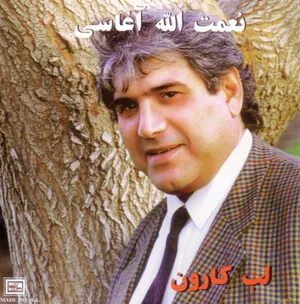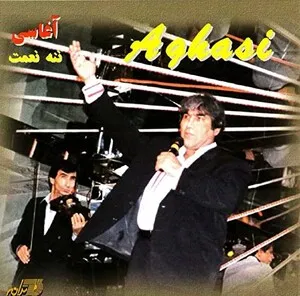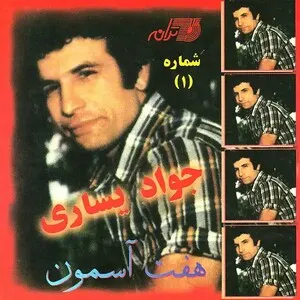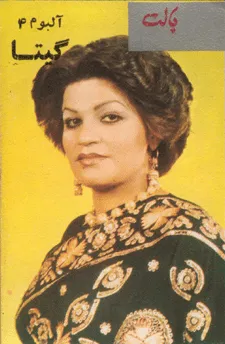Koche bazari (literally “street-and-bazaar” music) is a working‑class urban pop style from Iran that blends colloquial lyrics, danceable 6/8 grooves, and emotive, ornamented vocals.
It sits between Persian classical modality and mass‑market dance pop: melodies often reference dastgāh modes, while arrangements use clarinet or violin alongside electric guitars, keyboards, and drum kit. The vocal delivery is direct and dramatic—sometimes rough‑edged—drawing on avāz-style melisma but prioritizing immediacy and streetwise expression.
Common themes include love, heartbreak, loyalty, macho honor codes (jaheli/luti aesthetics), and everyday city life. The sound became a staple of wedding halls and cabarets, then later diaspora parties, where its Persian 6/8 beat (“shesh‑o‑hasht”) fuels social dancing.
Koche bazari crystallized in mid‑20th‑century Tehran’s cabarets, coffeehouses, and wedding circuits. It drew on motrebi/entertainer traditions, Persian classical modal vocabulary, and the growing popularity of amplified Western instruments. The definitive rhythmic engine was the lively Persian 6/8 beat that had already animated social dance contexts.
By the late 1960s, recordings by charismatic singers brought the style to wider audiences. Arrangers folded in clarinet and violin riffs, organ-like keyboards, and electric guitars, shaping a gritty yet catchy, street‑level pop. Lyrics favored colloquial Persian, narrating love, heartbreak, loyalty, and a swaggering jaheli ethos.
Following the 1979 Revolution, public venues for this repertoire diminished inside Iran, but the style persisted at private celebrations and on bootleg tapes. In Los Angeles and other diaspora hubs, dance‑band lineups kept the 6/8 sound alive through the 1980s–1990s, updating it with drum machines and synths while retaining its vocal and lyrical identity.
Digital distribution and nostalgia revived interest in koche bazari aesthetics. Contemporary party bands and some pop singers still borrow its 6/8 pulse, clarinet/violin hooks, and sentimental street‑poetic tone, ensuring the style remains a living reference within Persian popular music.







